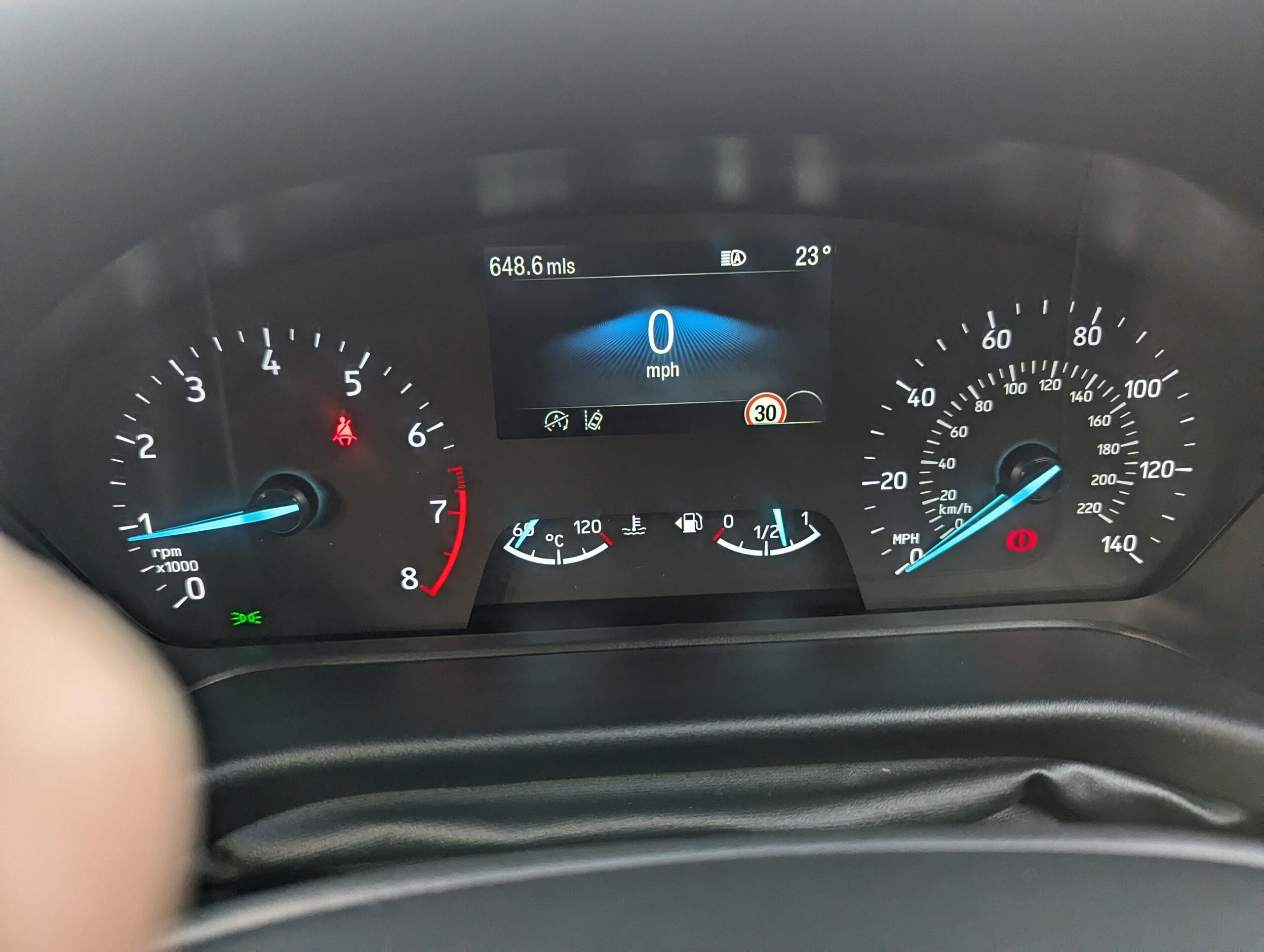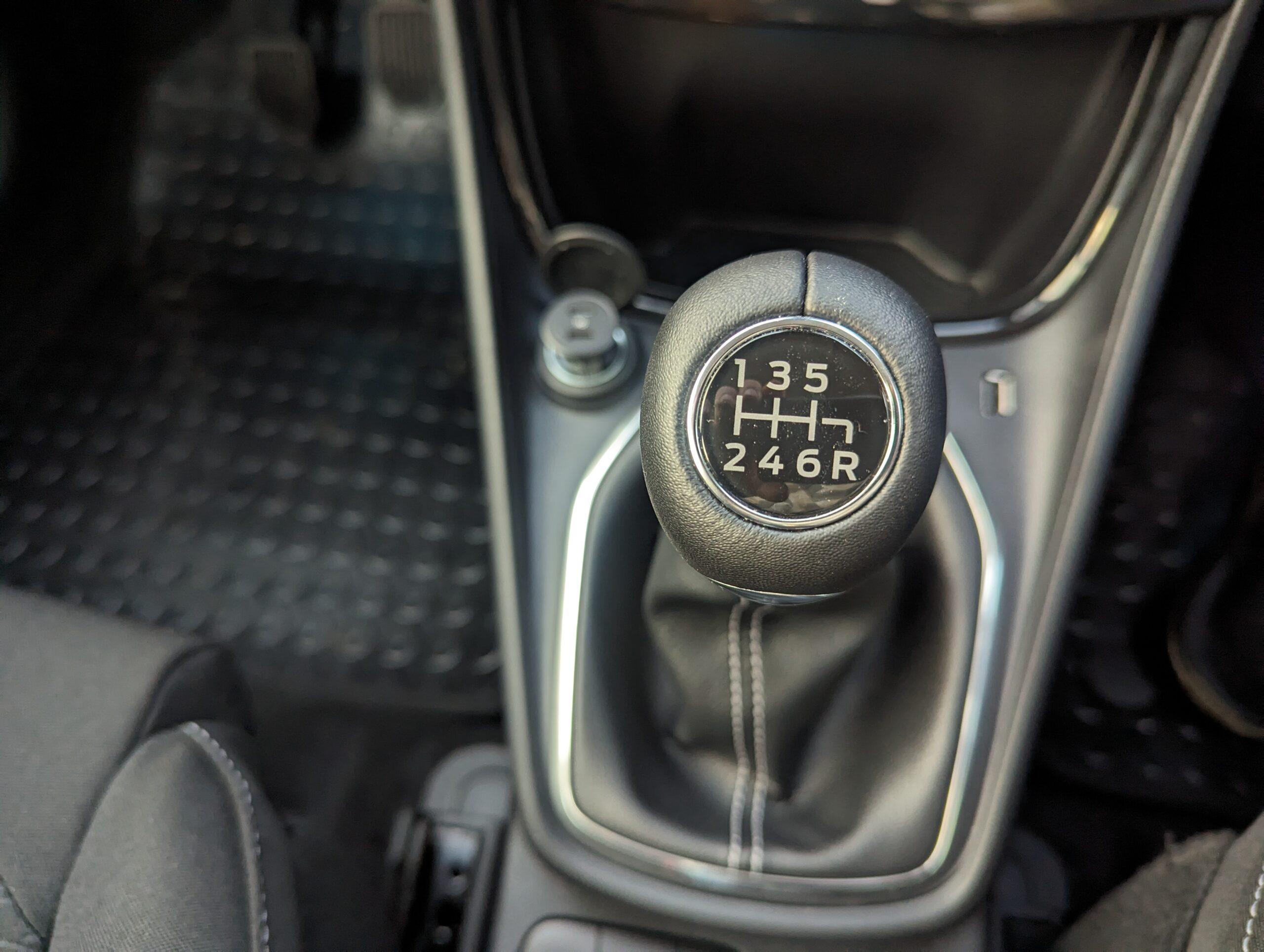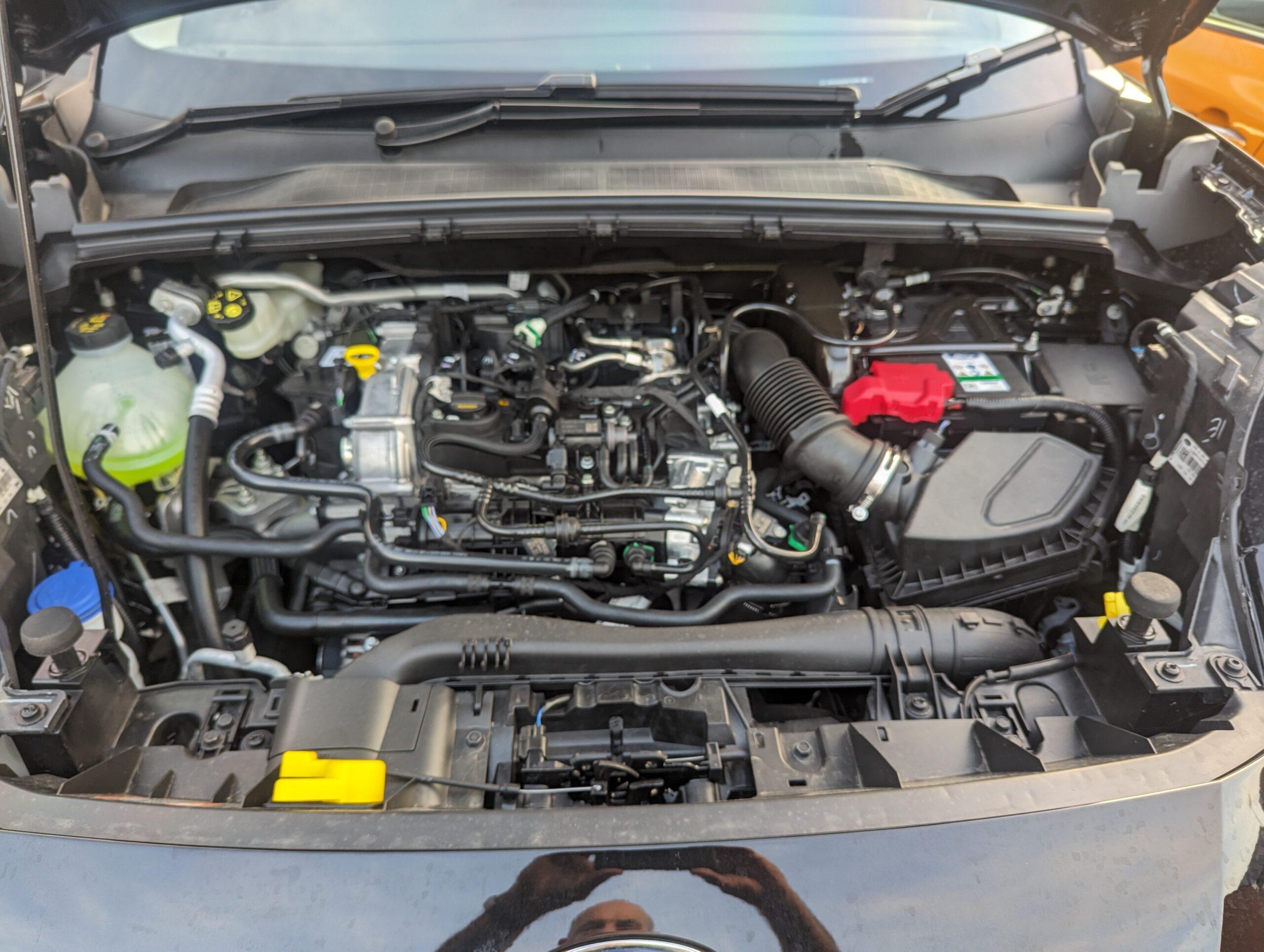Coasting in neutral, also known as freewheeling, involves putting the car in neutral and letting it roll without any power from the engine. This technique is often thought to save fuel, but modern vehicle technology and safety considerations indicate otherwise. Here’s an analysis of the practice:
Fuel Efficiency
- Modern Engine Management Systems: In modern cars, fuel injection systems are designed to cut off fuel supply when the car is decelerating with the throttle closed (foot off the gas pedal) and the car in gear. This means that when you’re coasting in gear (engine braking), the car actually uses less or no fuel compared to when it’s idling in neutral, where the engine still requires fuel to keep running.
- Idle Fuel Consumption: When coasting in neutral, the engine continues to run at idle speed, consuming a small amount of fuel. While the amount is minimal, it is more than the zero fuel consumed during engine braking in modern vehicles.
Safety Concerns
- Reduced Control: Coasting in neutral reduces the driver’s control over the vehicle. You lose the ability to quickly accelerate if needed, and the vehicle’s engine braking is not available to help slow down the car. This can be particularly dangerous on downhill slopes or in emergency situations.
- Brake Wear: Relying solely on brakes to control speed during coasting can lead to increased brake wear and overheating, especially on long descents. Engine braking, on the other hand, helps to manage the vehicle’s speed and reduce strain on the brakes.
Legal and Mechanical Considerations
- Legal Restrictions: In some regions, coasting in neutral is illegal because it is considered unsafe. Drivers are expected to have full control of their vehicles at all times.
- Transmission Wear: Repeatedly shifting in and out of neutral can cause unnecessary wear on the transmission, particularly in automatic transmissions, potentially leading to costly repairs over time.
Best Practices for Fuel Efficiency
- Anticipate and Plan: Look ahead and anticipate changes in traffic and road conditions to maintain a steady speed and avoid unnecessary acceleration and braking.
- Use Engine Braking: Take advantage of your vehicle’s engine braking capabilities by staying in gear and letting off the accelerator pedal when you need to slow down.
- Maintain a Consistent Speed: Use cruise control on highways to maintain a constant speed, which can help improve fuel efficiency.
- Smooth Driving: Avoid aggressive acceleration and braking. Smooth, gradual changes in speed are more fuel-efficient.
Conclusion
Coasting in neutral is generally not an effective way to save fuel in modern vehicles. It can compromise safety, increase brake wear, and might not provide any significant fuel savings compared to staying in gear and utilizing modern engine management systems. For optimal fuel efficiency, focus on smooth driving techniques, anticipate road conditions, and use your vehicle’s engine braking capabilities.


